Christ Delivering the Keys to St. Peter (Handing over the Keys)
Oil on canvas
88 x 138 cm./ Framed 98 x 149 cm.
The proposed painting is the work of a Neapolitan painter working at the beginning of the 18th century: the colours are warm, the chromatic range is soft, the brushstrokes sure and precise; the faces take shape and expression to the point of being alive, moving and luminous.
An extremely fascinating subject is depicted, namely Christ handing the keys of Paradise to St. Peter, the symbol of sovereignty and thus of the empowerment of the first vicar of Christ on earth.
St. Peter, the first bishop of Rome and pope, thus receives the two keys, one gold (an allusion to power over the kingdom of heaven), the other silver (a symbol of the spiritual authority of the papacy on earth) as well as the papal staff, with the three-pronged cross.
The scene is inspired by a passage from the Gospel according to John (XXI,15-17), evoked by the inscription ''Pasce oves meas'' (Feed my lambs, Pascere comes from Latin and means to graze, to feed): Christ in fact points out to Peter a small flock of lambs, symbolising the faithful of the Church, which the apostle will have the task of leading.
Above very pleasing is the group of cherubim in the clouds, who appear as impalpable creatures caught up in the event they are witnessing, as they accompany the dove of the holy spirit.
The refined yet natural grace of the faces and gestures, and the precision of the drawing combined with a delicate tone of colour, present this painting with the domestic familiarity of late 17th-early 18th century Naples tempered by Roman aesthetics.
Such clues would allow us to identify the hand of Paolo De Matteis (Piano del Cilento, 1662 - Naples, 1728), Luca Giordano's most important pupil in Naples, and the artist who would mark the development of 18th-century Neapolitan art.
His great ability was to evolve the Baroque inherited from his master, into a classicist, almost Arcadian vision; his works, and ours is an excellent example of this, also have a strong narrative tone and a strong sentimental and emotional charge.
The characteristics of the canvas could date the work to the artist's classicist period, i.e. between the end of the 17th century and the beginning of the following century, in which de Matteis' Neapolitan roots are evident, as well as the influence of Carlo Maratta, whom he studied carefully during his many stays in Rome.
ADDITIONAL INFORMATION:
The work is sold complete with a gilded wooden frame and comes with a certificate of authenticity and descriptive iconographic card.
We take care of and organise the transport of the purchased works, both for Italy and abroad, through professional and insured carriers.
It is also possible to see the painting in the gallery in Riva del Garda, we will be happy to welcome you to show you our collection of works.
Contact us, without obligation, for any additional information.
Follow us also on:
INSTAGRAM https://www.instagram.com/galleriacastelbarco/?hl=it
FACEBOOK https://www.facebook.com/galleriacastelbarco/


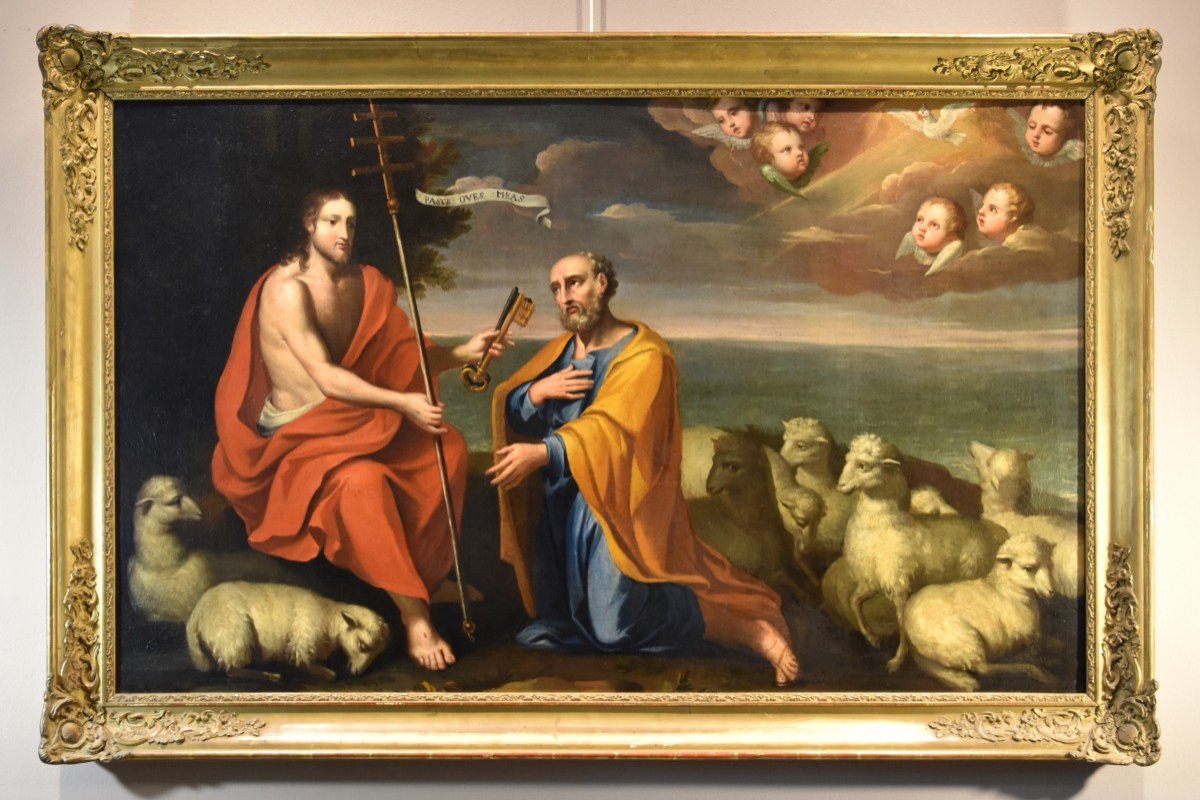
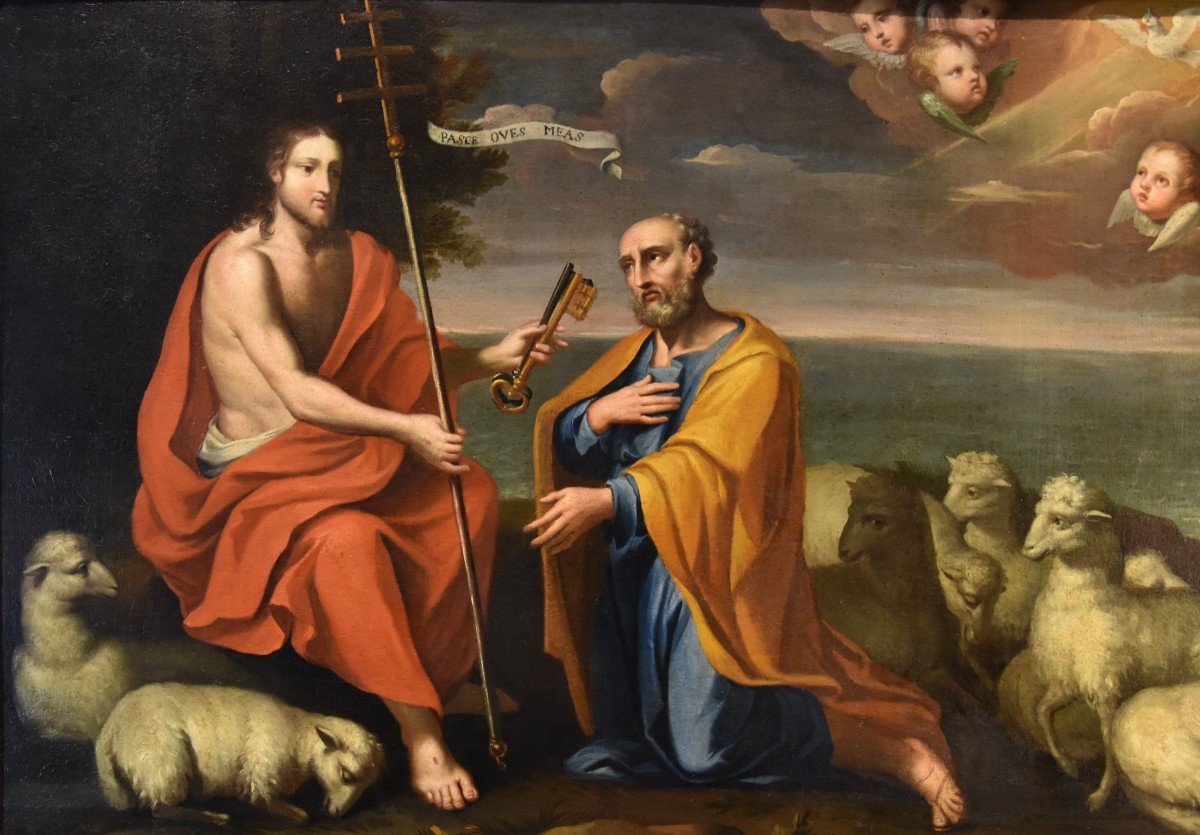
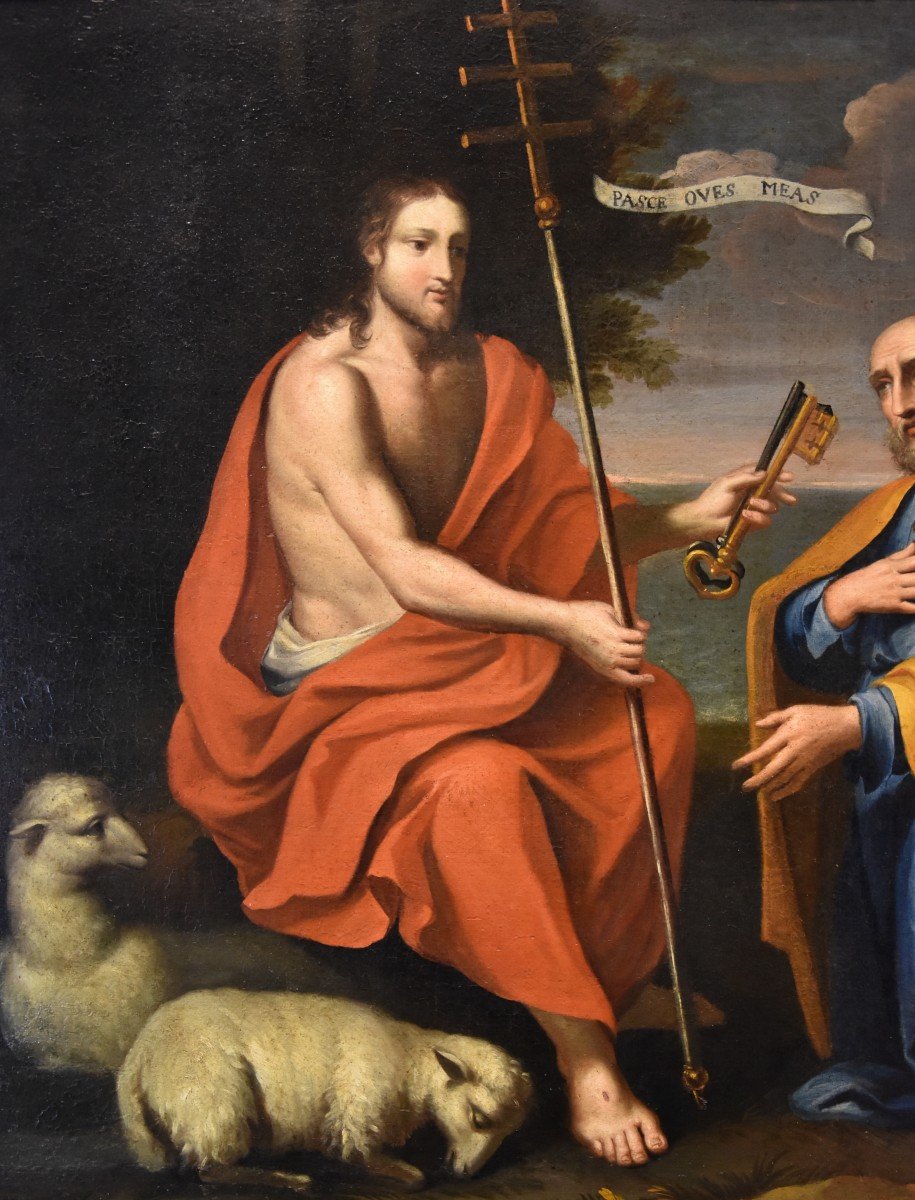
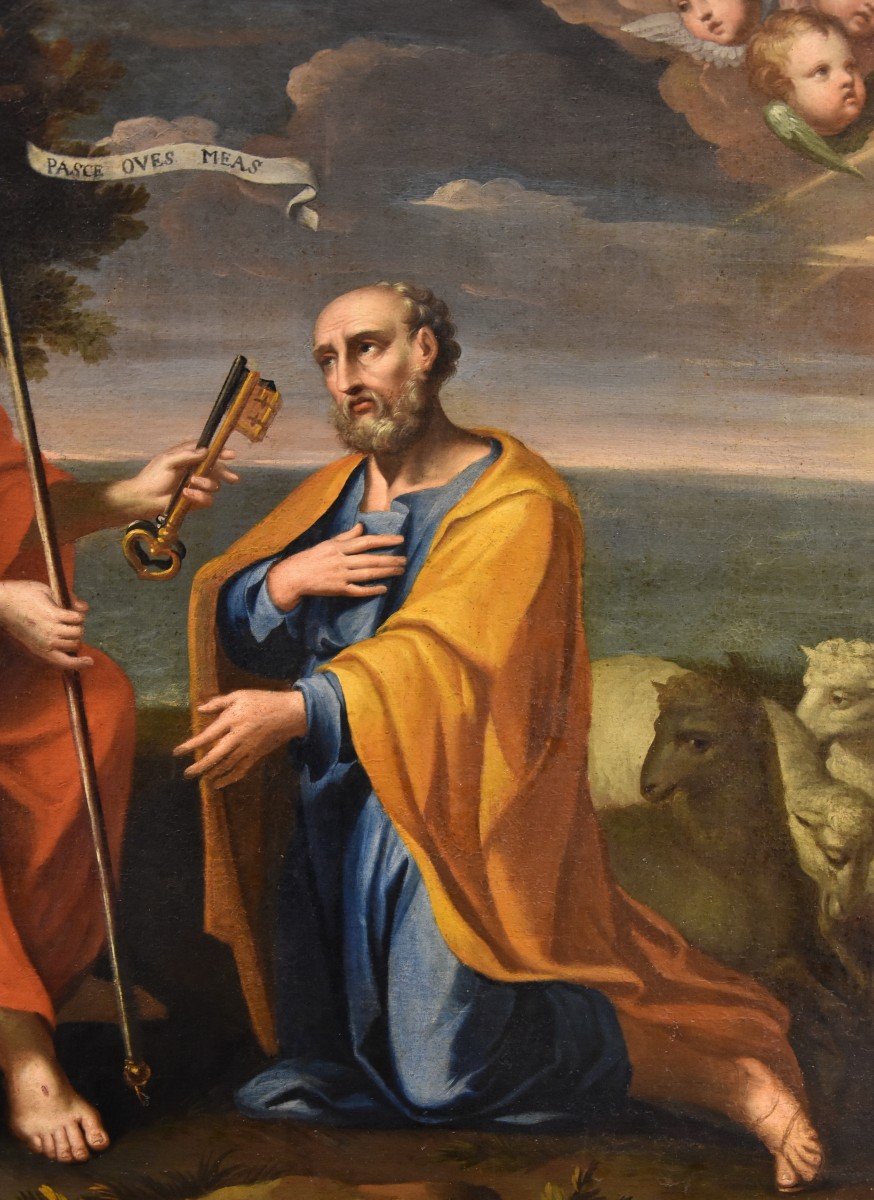
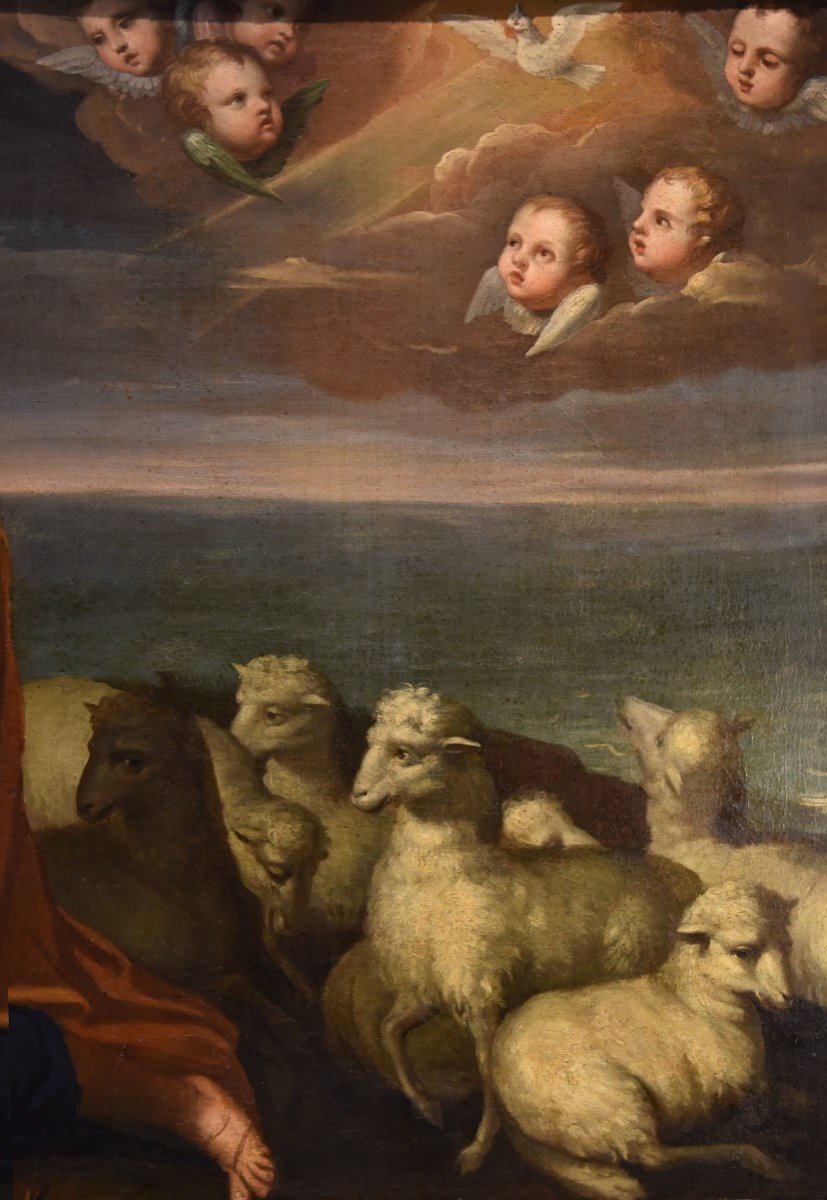
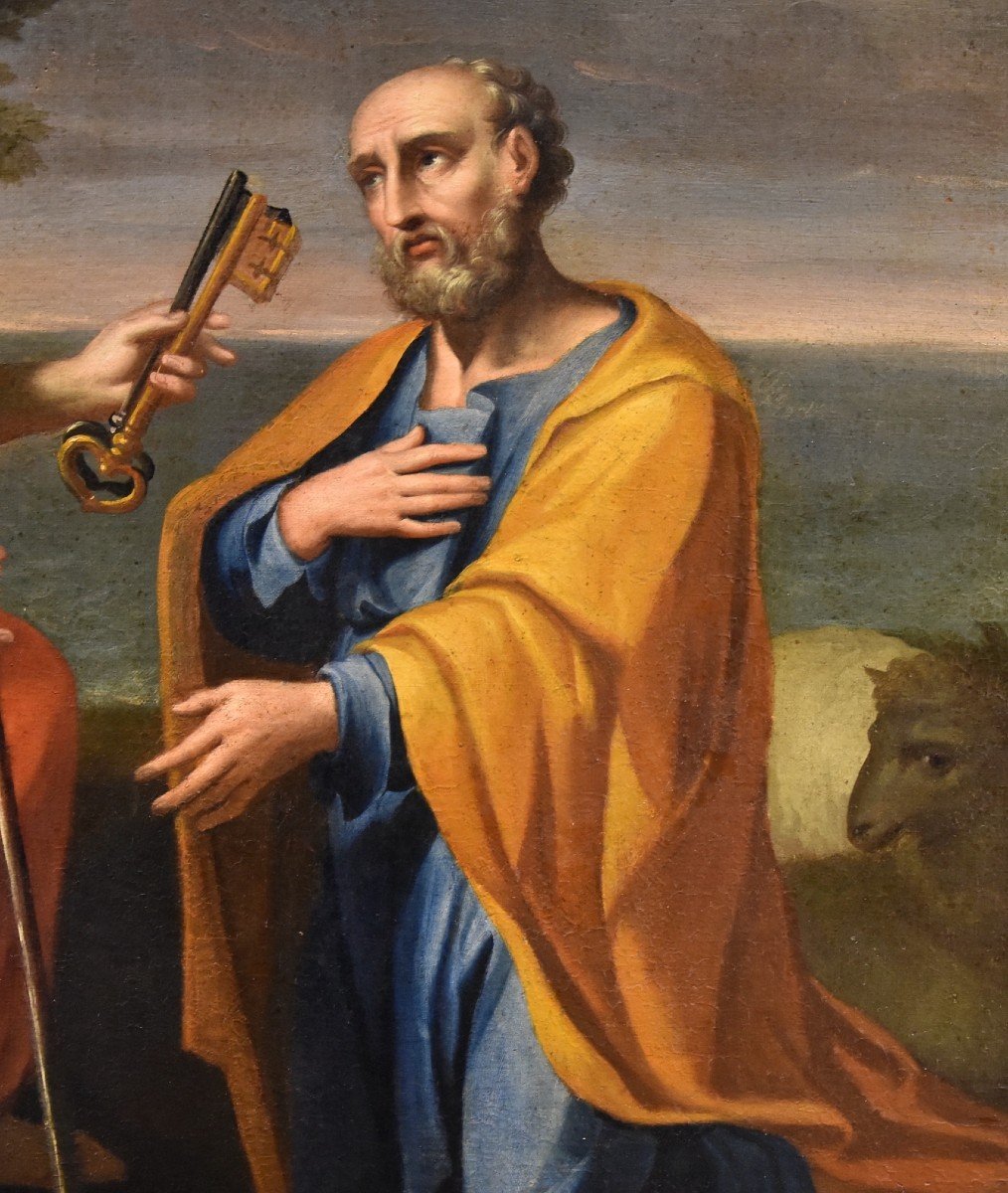
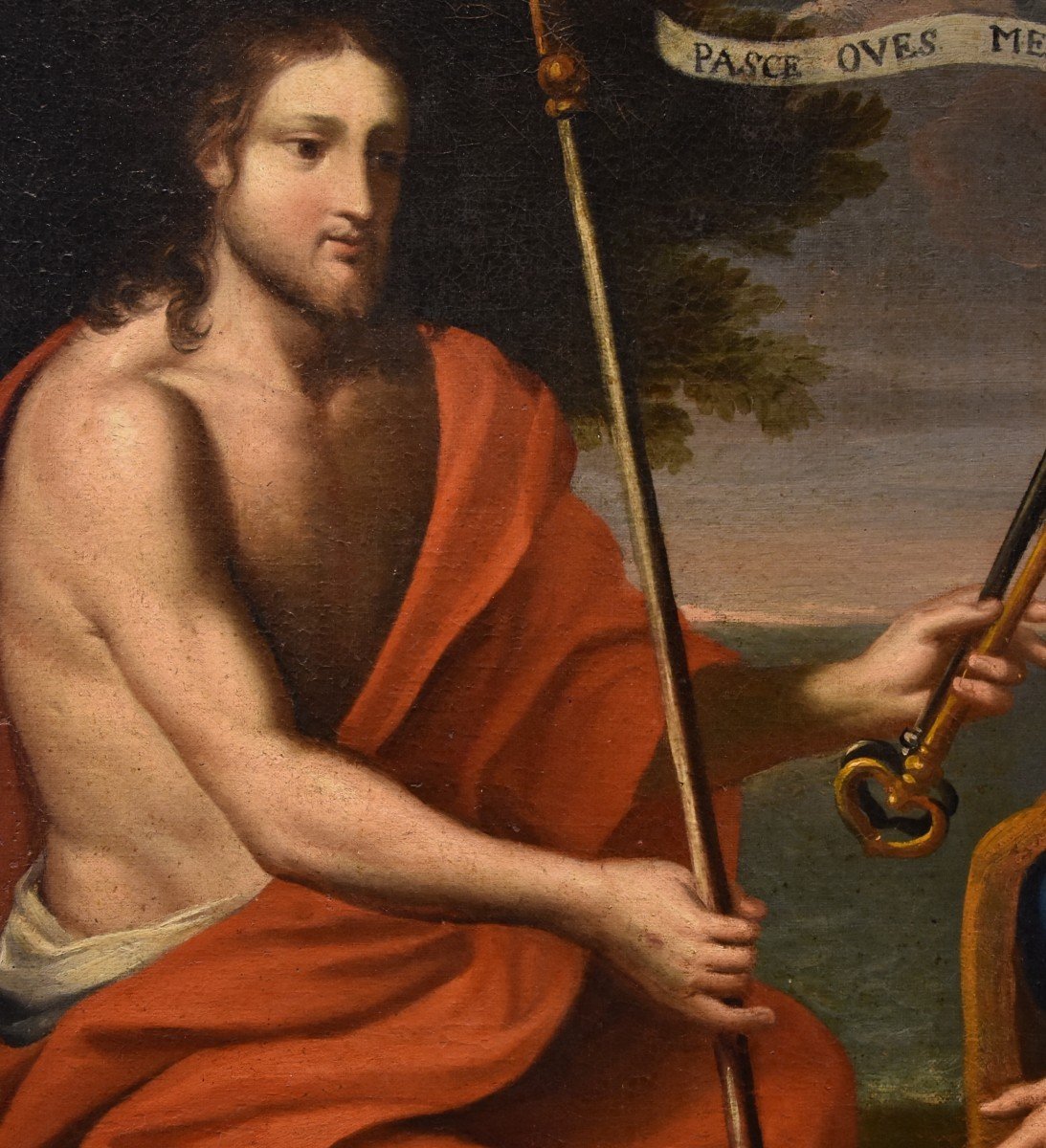
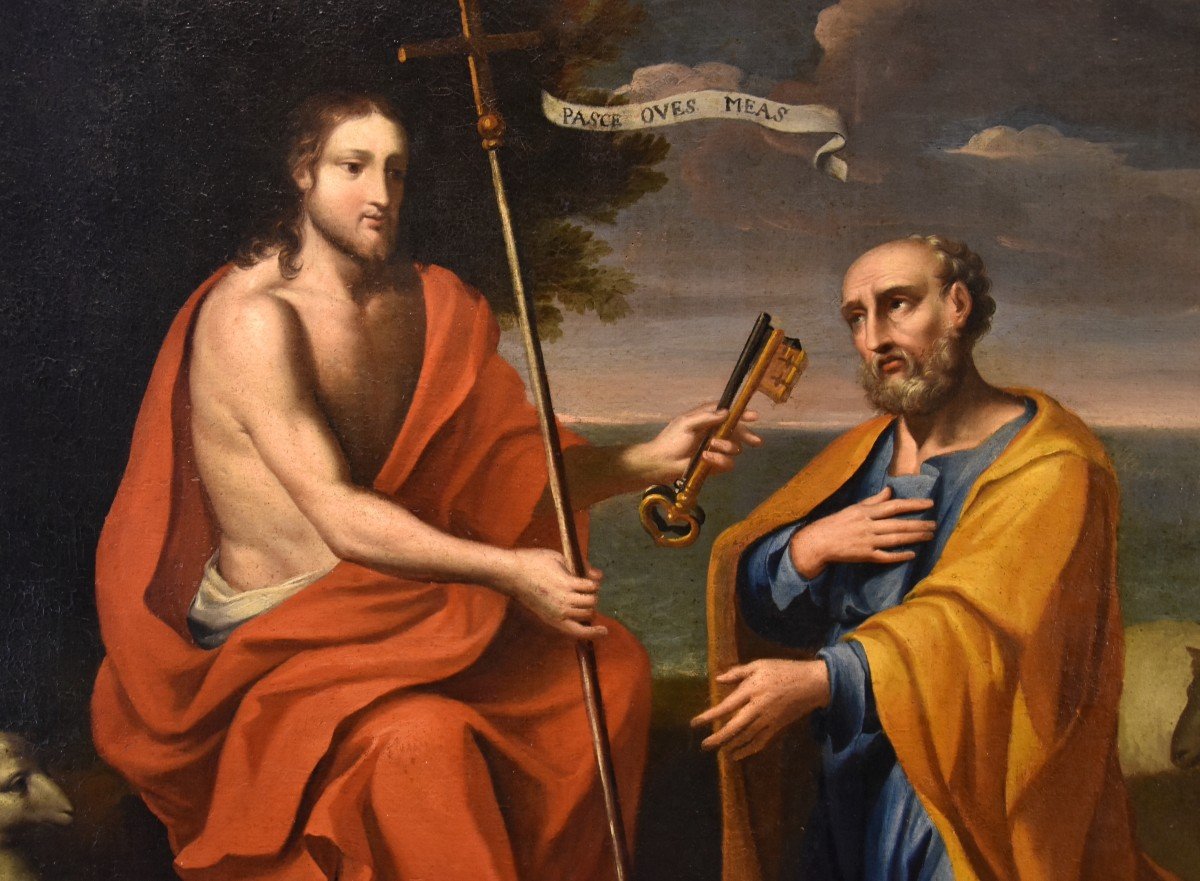
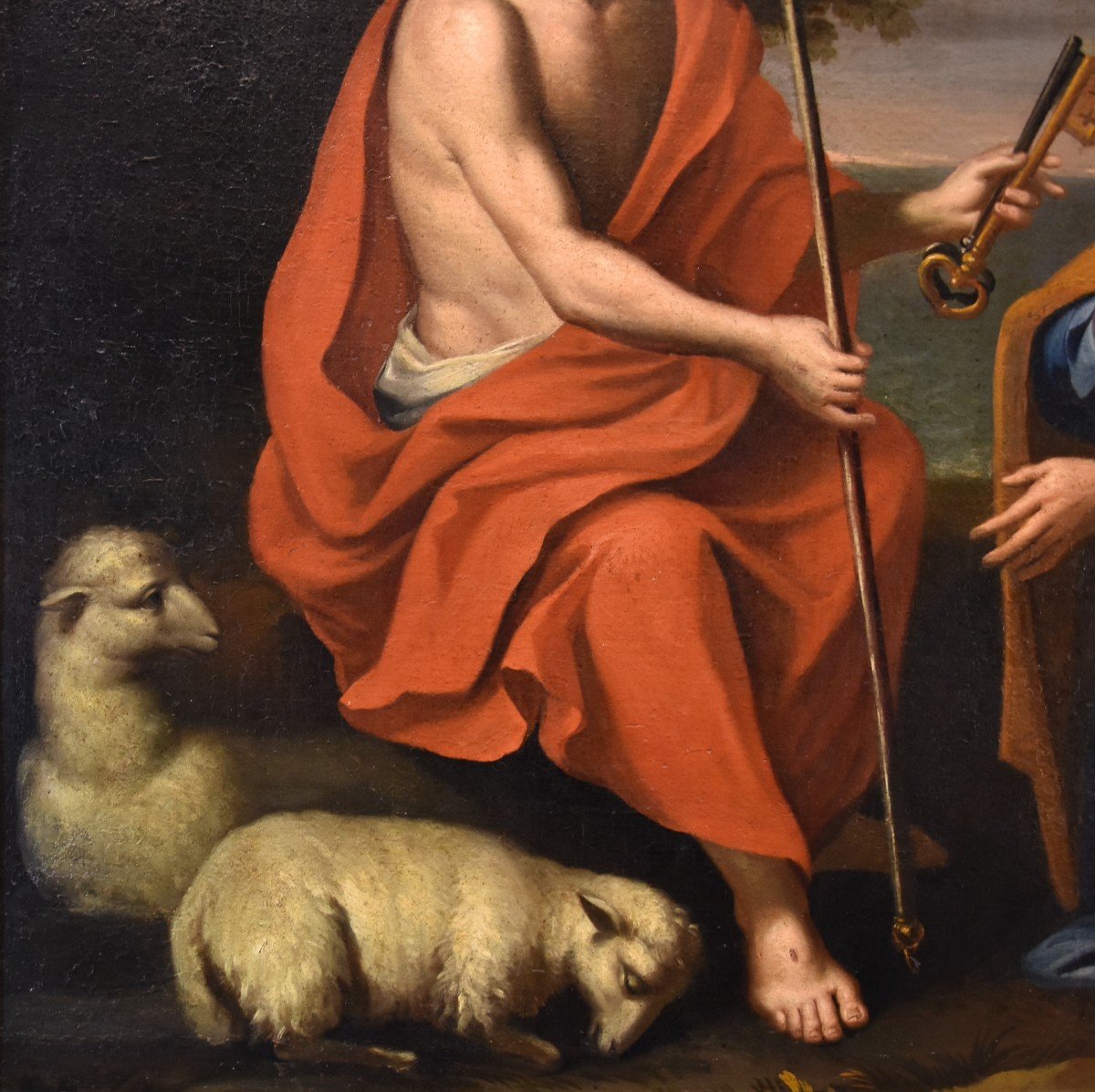
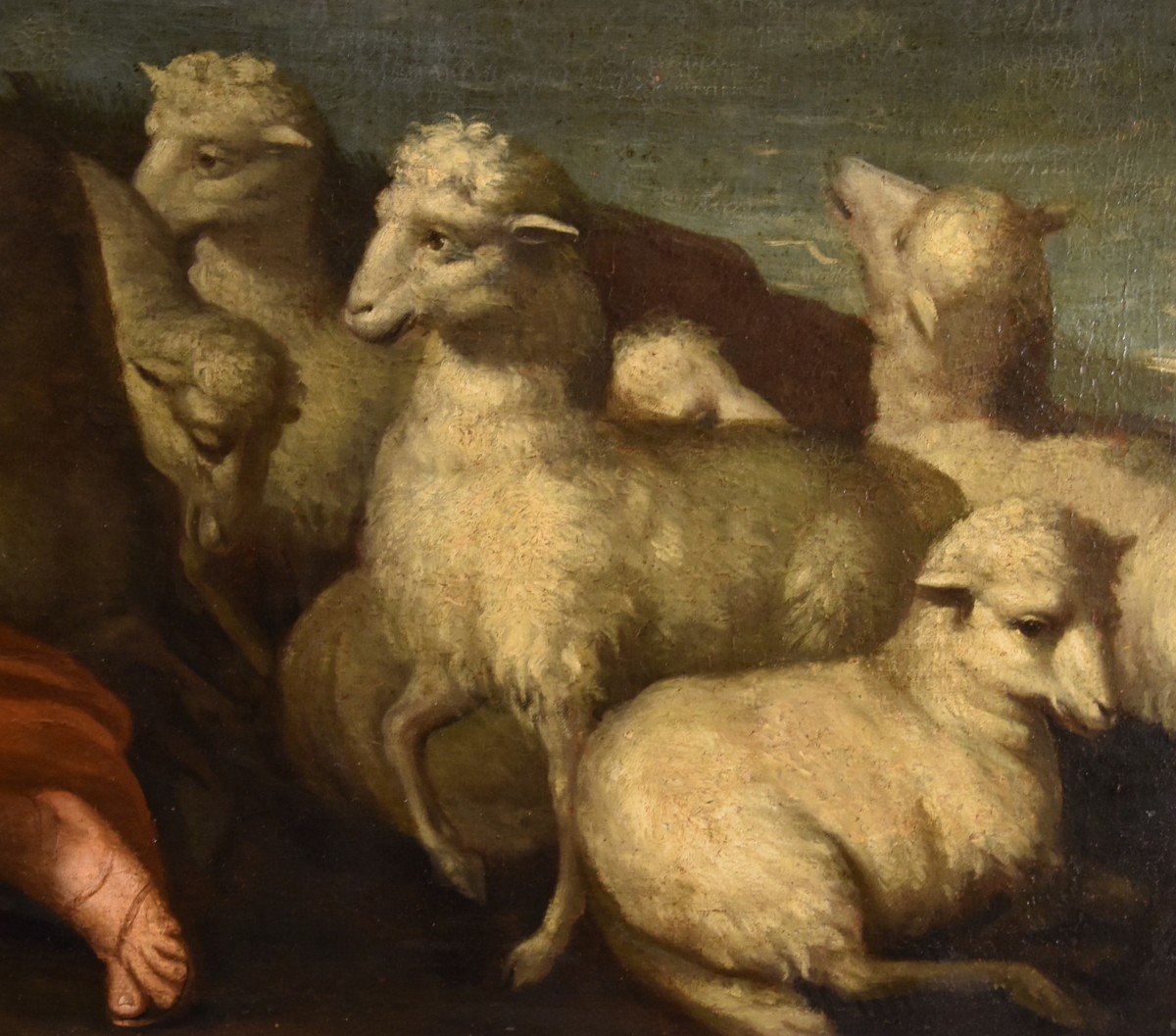
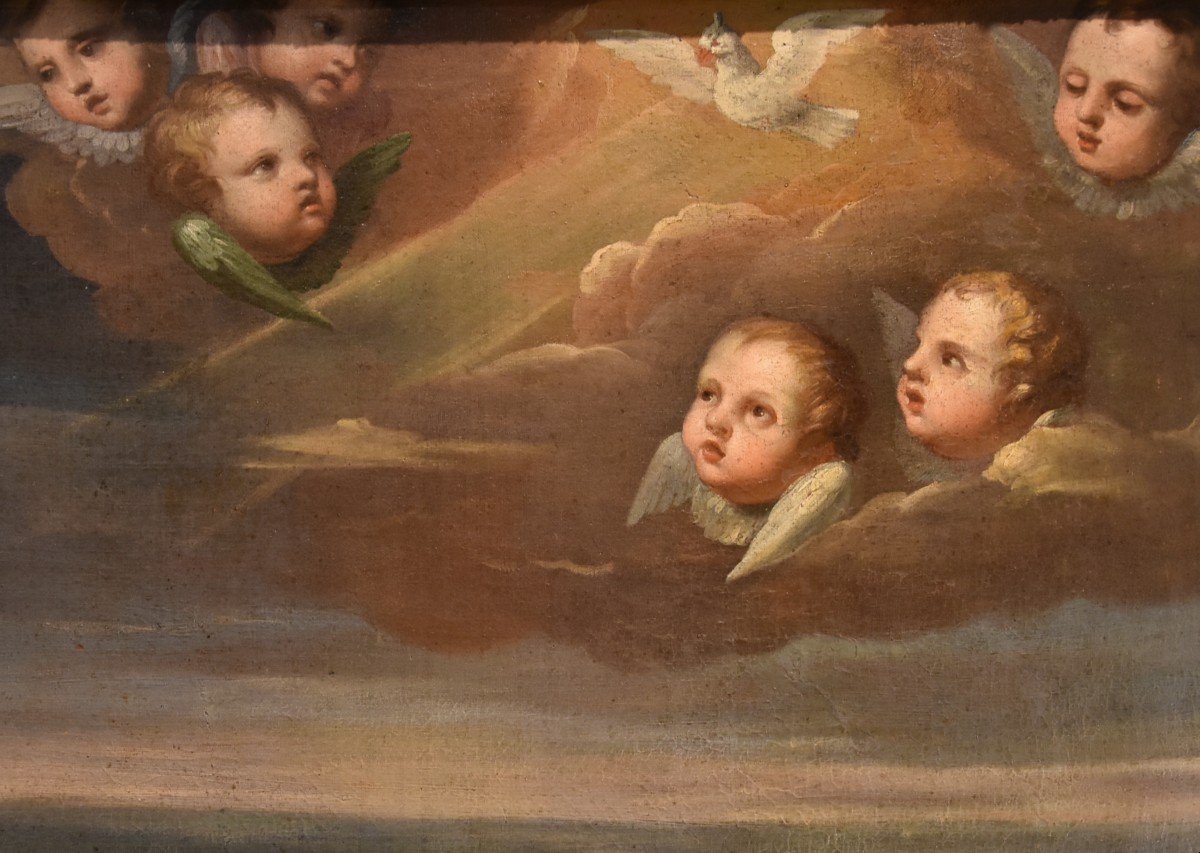
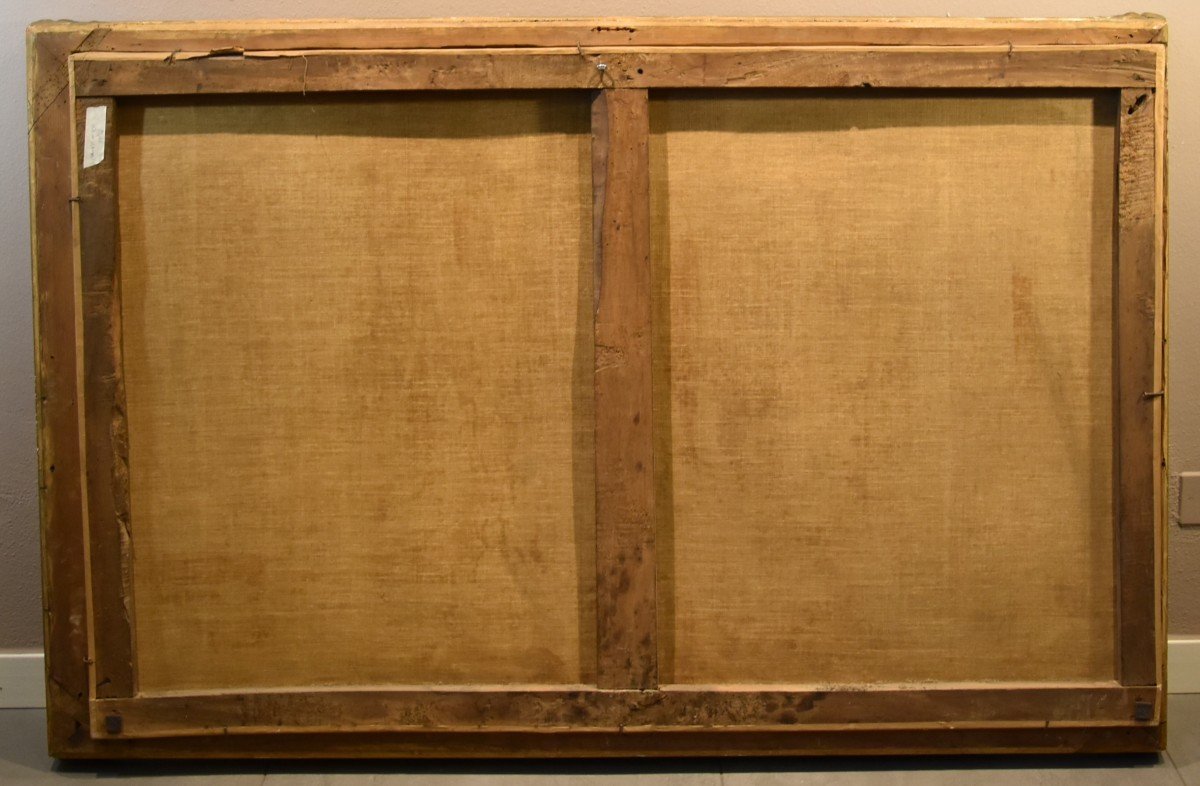













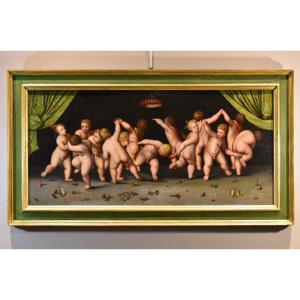

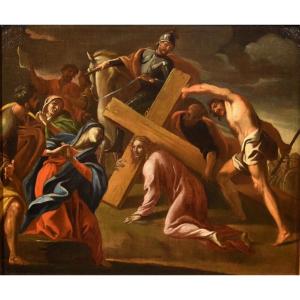


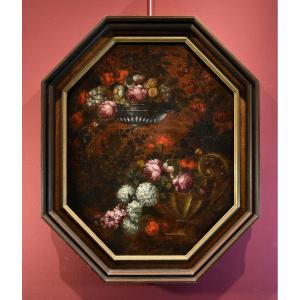
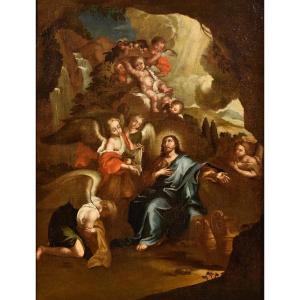

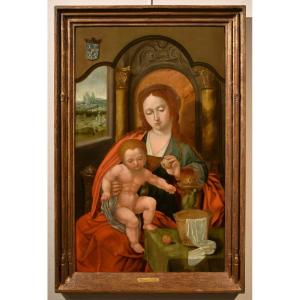

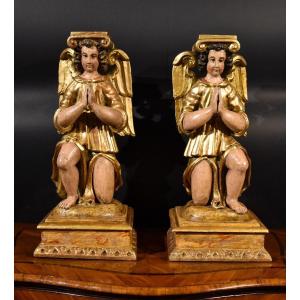

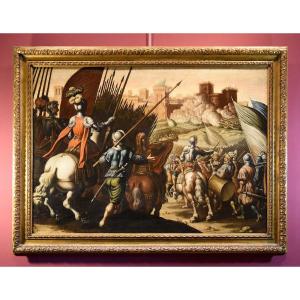

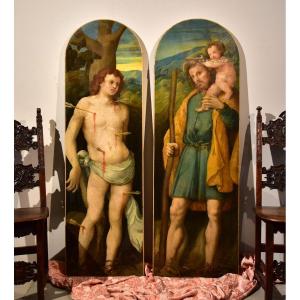

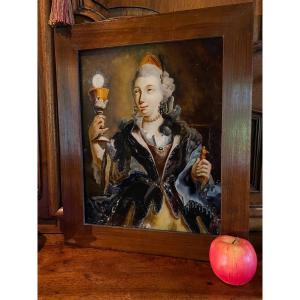


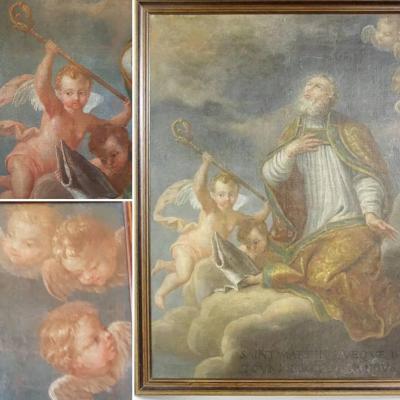



 Le Magazine de PROANTIC
Le Magazine de PROANTIC TRÉSORS Magazine
TRÉSORS Magazine Rivista Artiquariato
Rivista Artiquariato